Home>Garden Essentials>How Long Does It Take Chia Seeds To Sprout
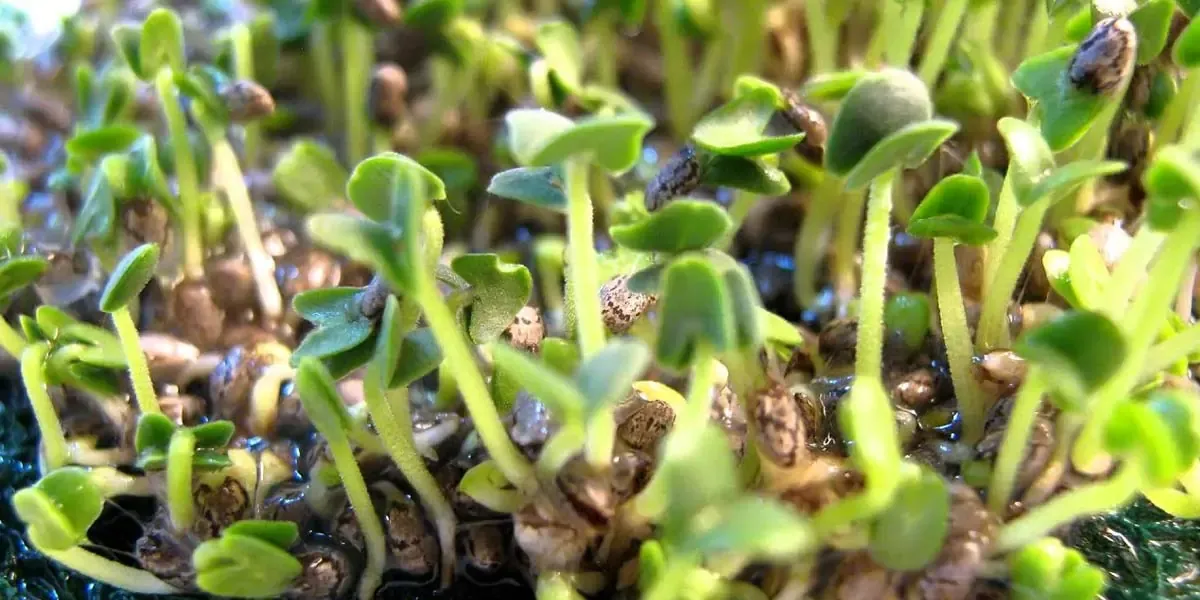

Garden Essentials
How Long Does It Take Chia Seeds To Sprout
Modified: March 16, 2024
Discover how long it takes for chia seeds to sprout in your garden. Grow your own chia plants with this helpful guide and start enjoying the benefits!
(Many of the links in this article redirect to a specific reviewed product. Your purchase of these products through affiliate links helps to generate commission for Storables.com, at no extra cost. Learn more)
Introduction
Welcome to the wonderful world of gardening! Whether you are an experienced gardener or just starting out, understanding the intricacies of plant growth and the factors that influence their development is key to success. One such fascinating aspect is the sprouting process of seeds, particularly chia seeds.
Chia seeds, also known as Salvia hispanica, have gained popularity in recent years due to their numerous health benefits. These tiny seeds, native to Central America, are packed with nutrients such as fiber, protein, omega-3 fatty acids, and antioxidants. They are not only a great addition to a healthy diet but can also be grown at home to enjoy fresh sprouts.
In this article, we will delve into the world of chia seed sprouting, exploring the factors that influence the time it takes for these seeds to sprout and providing tips for faster germination. So, let’s dig in and discover the secrets behind chia seed sprouting!
Key Takeaways:
- Chia seeds generally take 1-2 days to sprout, but factors like seed quality, temperature, and moisture can affect the process. Soaking the seeds and maintaining optimal conditions can speed up sprouting.
- To speed up chia seed sprouting, use fresh seeds, soak them before sprouting, and ensure proper moisture, temperature, and air circulation. Patience is key, and soon you’ll enjoy fresh, nutritious chia sprouts!
Read more: How Long Does A Seed Take To Sprout
What are Chia Seeds?
Before we dive into the sprouting process of chia seeds, let’s first gain a better understanding of what chia seeds actually are. Chia seeds are small, oval-shaped seeds that come from the Salvia hispanica plant, a member of the mint family. These seeds were a staple in the ancient Aztec and Mayan diets, known for their energy-boosting properties.
Chia seeds are rich in various nutrients, making them a highly nutritious addition to any diet. They are an excellent source of plant-based protein, providing all nine essential amino acids. They are also high in fiber, promoting healthy digestion and aiding in weight management. Additionally, chia seeds are packed with omega-3 fatty acids, which are beneficial for heart health and reducing inflammation in the body. They are also a good source of minerals such as calcium, magnesium, and phosphorus.
One of the unique characteristics of chia seeds is their ability to absorb liquid and form a gel-like consistency. When soaked in water or other liquids, they swell up and become gelatinous. This property makes them a popular ingredient in puddings, smoothies, and baked goods.
Not only are chia seeds a nutritious addition to your diet, but they can also be sprouted to enhance their nutritional profile. Sprouting chia seeds involves soaking them in water until they begin to germinate, releasing enzymes and increasing the availability of nutrients. This germinated version of chia seeds can be consumed as sprouts or added to salads, sandwiches, and other dishes.
Now that we have a better understanding of what chia seeds are, let’s explore the sprouting process and how long it takes for these small seeds to transform into vibrant sprouts.
The Sprouting Process
The sprouting process of chia seeds involves activating their natural germination process, allowing them to develop into sprouts. This process can be done easily at home with just a few simple steps.
To start, you will need some chia seeds and a container for sprouting. It is recommended to use a sprouting tray or a shallow dish with a lid that allows for proper air circulation.
Begin by placing a layer of chia seeds evenly on the bottom of the container. You can adjust the quantity based on your desired yield of sprouts. Then, gently rinse the seeds to remove any debris or dust.
Next, fill the container with enough water to submerge the chia seeds completely. Allow them to soak for about 5 minutes. During this time, the seeds will absorb water and start to expand.
After the initial soak, drain the excess water from the container. It is essential to ensure proper drainage to prevent the seeds from becoming waterlogged, as this can inhibit the sprouting process.
Once the excess water is drained, cover the container with a lid or a breathable cloth to maintain moisture. Place the container in a warm area away from direct sunlight. A temperature range of 65-75°F (18-24°C) is ideal for chia seed sprouting.
Now comes the waiting game. Chia seeds generally take around 1-2 days to sprout, but the exact time may vary depending on various factors such as temperature and seed quality. During this period, it is crucial to keep the seeds moist by misting them with water regularly.
As the chia seeds begin to sprout, you will notice small white shoots emerging from the seeds. These shoots will continue to grow and develop into delicate sprouts with time. Once the sprouts have reached your desired length, typically about 1-2 inches (2.5-5 cm), they are ready to be harvested and enjoyed.
When harvesting chia sprouts, gently remove them from the container, rinsing them under water to remove any residual hulls or debris. Pat them dry with a paper towel before incorporating them into your recipes.
The sprouted chia seeds can be stored in the refrigerator for up to a week in an airtight container. However, it is best to consume them as soon as possible to retain their freshness and nutritional value.
Now that we understand the sprouting process, let’s explore the factors that can affect the time it takes for chia seeds to sprout.
Factors Affecting Chia Seed Sprouting Time
While chia seeds generally sprout within 1-2 days, there are several factors that can influence the sprouting time. Understanding these factors can help you manage and optimize the sprouting process to achieve faster and more consistent results.
1. Seed Quality: The quality of the chia seeds plays a significant role in sprouting time. Fresh, high-quality seeds are more likely to sprout quickly and uniformly compared to older or lower-quality seeds. It’s always best to purchase seeds from reputable sources to ensure better success.
2. Temperature: Temperature is a crucial factor in seed germination. Chia seeds prefer warm conditions for optimal sprouting. Lower temperatures can delay the germination process, while higher temperatures can speed it up. Aim for a temperature range of 65-75°F (18-24°C) to promote faster and consistent sprouting.
3. Moisture: Adequate moisture is essential for chia seed sprouting. The seeds need to be consistently moist, but not waterlogged, throughout the sprouting process. Ensure proper drainage in your sprouting container and mist the seeds with water as needed to maintain moisture levels.
4. Light: Chia seeds do not require direct sunlight during the sprouting process. In fact, excessive exposure to sunlight can dry out the seeds and hinder their sprouting. Keep your sprouting container in a warm area away from direct sunlight to provide the optimal conditions for sprouting.
5. Air Circulation: Good air circulation is important for chia seed sprouting as it helps prevent the seeds from becoming moldy or developing fungus. Ensure that your sprouting container has ventilation or use a breathable cloth to cover it. Avoid sealing the container completely, as it may hinder air circulation.
By understanding and managing these factors, you can create the ideal conditions for chia seeds to sprout efficiently. However, if you are looking for faster sprouting, there are additional steps you can take, such as soaking the seeds prior to sprouting.
Next, let’s explore the benefits of soaking chia seeds and how it can impact their sprouting time.
Chia seeds typically take 2-3 days to sprout. To speed up the process, soak the seeds in water for a few hours before planting. Keep them in a warm, sunny spot and make sure to water them regularly.
Soaking Chia Seeds
Soaking chia seeds before the sprouting process can have several benefits. When you soak chia seeds, you provide them with moisture and kickstart the germination process, resulting in faster sprouting.
Soaking chia seeds hydrates them, allowing water to penetrate the outer shell of the seed. This softens the seed coat and triggers the release of enzymes, which activate the germination process. As a result, the seeds become more receptive to absorbing nutrients and growing into sprouts.
To soak chia seeds, simply place them in a container and cover them with water. The ratio of water to seeds is typically 4:1; that is, for every 1 tablespoon of chia seeds, use 4 tablespoons of water. Stir the seeds in the water to ensure they’re evenly submerged.
Allow the chia seeds to soak for about 5-10 minutes. During this time, the seeds will absorb water and start to swell. You may notice the formation of a gel-like substance around the seeds, which is the result of the seeds’ ability to absorb liquid.
After the soaking time is complete, drain the excess water from the container. Be sure to use a sieve or strainer to remove any remaining water and prevent the seeds from becoming waterlogged.
Once the excess water is drained, transfer the soaked chia seeds to a sprouting tray or shallow dish, and follow the sprouting process as mentioned earlier. The seeds will now have a head start in the germination process, resulting in faster and more consistent sprouting.
Remember to maintain proper moisture levels during the sprouting process by misting the seeds with water as needed. This will ensure that the seeds have an optimal environment for sprouting.
Soaking chia seeds not only facilitates faster sprouting but also improves their digestibility. The gel-like substance formed during soaking helps break down the fiber present in chia seeds, making them easier to digest. This can be especially beneficial for individuals with digestive issues or sensitive stomachs.
Now that we understand the benefits of soaking chia seeds, let’s move on to discuss the typical germination time for these fascinating seeds.
Germination Time for Chia Seeds
The germination time for chia seeds can vary depending on various factors, including seed quality, temperature, and moisture levels. On average, chia seeds take around 1-2 days to sprout, but it may take longer under suboptimal conditions.
During the initial 24 hours of the sprouting process, the chia seeds absorb water and begin to swell. This is followed by the emergence of small white shoots, indicating the start of germination. Over the next day or two, these shoots continue to grow, developing into vibrant green sprouts.
It’s important to note that the germination time can be influenced by the quality of the seeds. Fresh, high-quality chia seeds are more likely to sprout quickly and uniformly. Older or lower-quality seeds may have a lower germination rate and take longer to sprout. Therefore, it’s advisable to use freshly sourced seeds from reputable suppliers for the best results.
Temperature also plays a significant role in chia seed germination. Chia seeds prefer warm conditions for optimal sprouting. In a temperature range of 65-75°F (18-24°C), the seeds are more likely to germinate within the average time frame. Lower temperatures can delay germination, while higher temperatures may speed it up.
Moisture is another crucial factor that affects germination time. Chia seeds require consistent moisture throughout the sprouting process to ensure successful germination. Proper drainage in the sprouting container and regular misting of the seeds with water help maintain optimal moisture levels, ensuring faster and more uniform sprouting.
It’s important to be patient during the germination process and avoid disturbing the developing sprouts. Opening the container too often or moving the seeds around can disrupt their growth and delay the sprouting time.
Keep in mind that sprouting times may vary slightly depending on individual conditions and preferences. Some gardeners prefer shorter sprouts of 1-2 inches (2.5-5 cm), while others prefer longer sprouts. You can harvest the sprouts at your desired length, but be sure not to let them grow excessively long, as they may become more bitter in taste.
With proper care and attention to the germination process, you can enjoy a bountiful harvest of fresh, nutritious chia sprouts in just a couple of days.
Now that we’ve explored the germination time for chia seeds, let’s move on to some tips for faster sprouting.
Tips for Faster Chia Seed Sprouting
If you’re looking to speed up the sprouting process of chia seeds, there are several tips and techniques you can try. By following these recommendations, you can encourage faster and more consistent sprouting:
- Pre-soak the Seeds: Pre-soaking the chia seeds in water for about 5-10 minutes before the sprouting process can help kickstart the germination process and promote faster sprouting. This allows the seeds to absorb water and soften their outer shell, making them more receptive to sprouting.
- Use Fresh Seeds: Fresh, high-quality chia seeds have a higher germination rate compared to older or lower-quality seeds. Choose seeds from reputable sources to ensure better success and faster sprouting.
- Optimize Temperature: Chia seeds prefer warm temperatures for sprouting. Keep your sprouting container in a location with a temperature range of 65-75°F (18-24°C), as this range promotes optimal germination. Avoid exposing the seeds to extreme temperatures, as this can impede sprouting.
- Maintain Moisture Levels: Chia seeds require consistent moisture during the sprouting process. Ensure proper drainage in the sprouting container to prevent waterlogging. Mist the seeds with water regularly to keep them moist, but avoid overwatering, as excessive water can lead to mold growth. Strike a balance to provide the optimal moisture needed for sprouting.
- Provide Adequate Air Circulation: Good air circulation is essential for preventing mold and fungal growth on the sprouting seeds. Ensure that your sprouting container has proper ventilation or use a breathable cloth to cover it. This allows for adequate airflow while protecting the seeds.
- Choose the Right Sprouting Container: Using a sprouting tray or shallow dish that allows for proper drainage and airflow is crucial for faster sprouting. Opt for a container specifically designed for sprouting, or create a homemade setup that meets these requirements.
- Avoid Disturbing the Sprouts: Once the sprouting process has begun, it’s important to minimize disturbances to the developing sprouts. Opening the container too often or moving the seeds around can disrupt their growth. Allow the sprouts to grow undisturbed until they reach your desired length.
- Practice Patience: While these tips can promote faster sprouting, it’s important to remember that chia seeds still require time to sprout and grow. Exercise patience and allow the seeds to go through their natural germination process. Rushing the sprouting process may result in suboptimal results.
By implementing these tips, you can optimize the sprouting conditions for chia seeds and increase the likelihood of achieving faster and more successful sprouting. Enjoy the process and soon you’ll be harvesting fresh, nutritious chia sprouts to add to your meals!
Now, let’s wrap up our discussion on chia seed sprouting.
Conclusion
Chia seed sprouting is a fascinating process that allows you to unlock the nutritional potential of these tiny seeds. By understanding the factors that influence sprouting time and applying some helpful tips, you can enjoy faster and more consistent sprouting results.
Chia seeds are not only packed with nutrients but also offer numerous health benefits. They are a rich source of protein, fiber, omega-3 fatty acids, and minerals, making them a valuable addition to any diet. Sprouting chia seeds enhances their nutritional profile, making them even more beneficial for our health.
The sprouting process involves activating the germination process of chia seeds by providing them with moisture, warmth, and proper air circulation. With the right conditions, chia seeds can transform into vibrant sprouts within a couple of days.
Factors such as seed quality, temperature, and moisture levels can affect the sprouting time. Choosing fresh seeds, optimizing temperature, and maintaining adequate moisture are important for faster and more successful sprouting.
Additionally, pre-soaking the chia seeds and using the right sprouting container can expedite the germination process. Avoiding disturbances to the sprouts and practicing patience are also key to achieving desirable results.
By following these guidelines and experimenting with the sprouting process, you can enjoy a steady supply of fresh, nutritious chia sprouts to enhance your meals.
So, whether you’re a seasoned gardener or a beginner, don’t hesitate to explore the world of chia seed sprouting. It’s an exciting and rewarding experience that enables you to enjoy the benefits of these incredible seeds right at home.
Remember, it all begins with the simple act of planting a tiny chia seed. Watch it transform into a vibrant sprout and witness the magic of nature unfold before your eyes. Happy sprouting!
Frequently Asked Questions about How Long Does It Take Chia Seeds To Sprout
Was this page helpful?
At Storables.com, we guarantee accurate and reliable information. Our content, validated by Expert Board Contributors, is crafted following stringent Editorial Policies. We're committed to providing you with well-researched, expert-backed insights for all your informational needs.
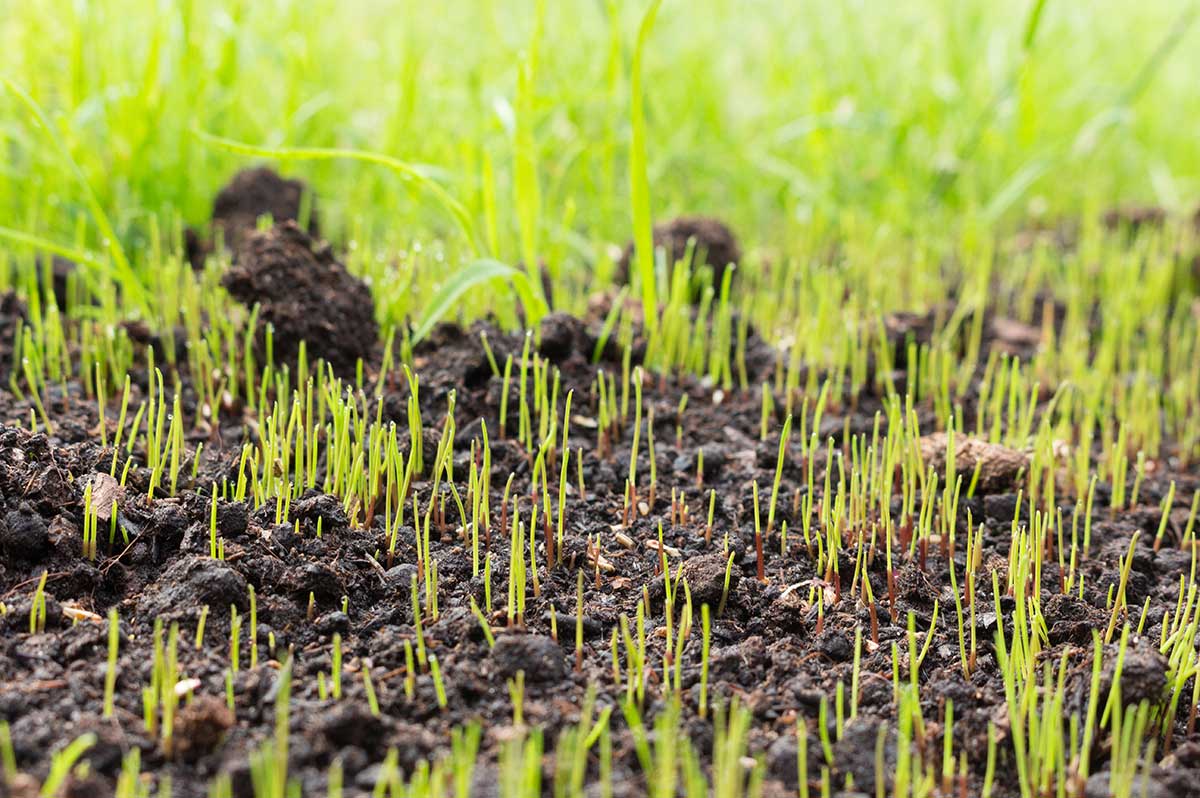
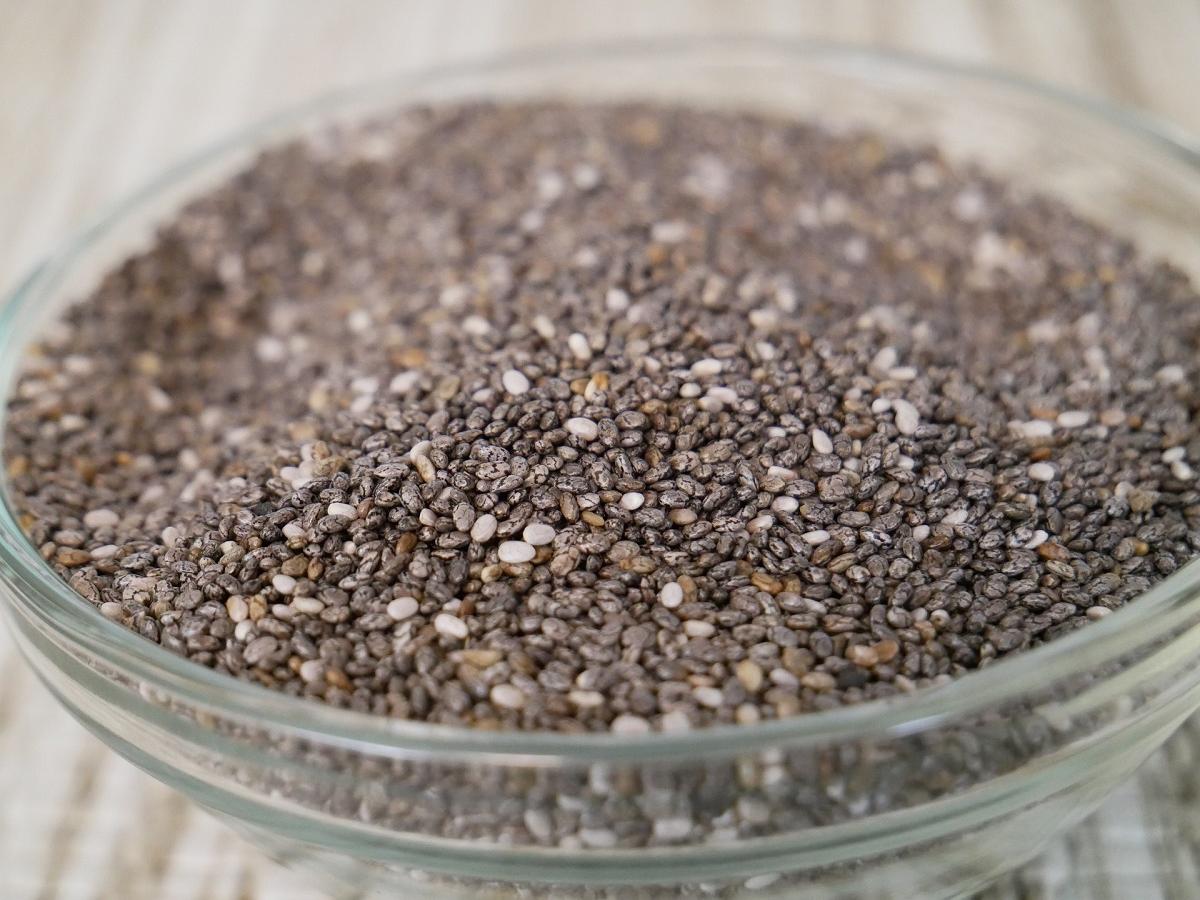
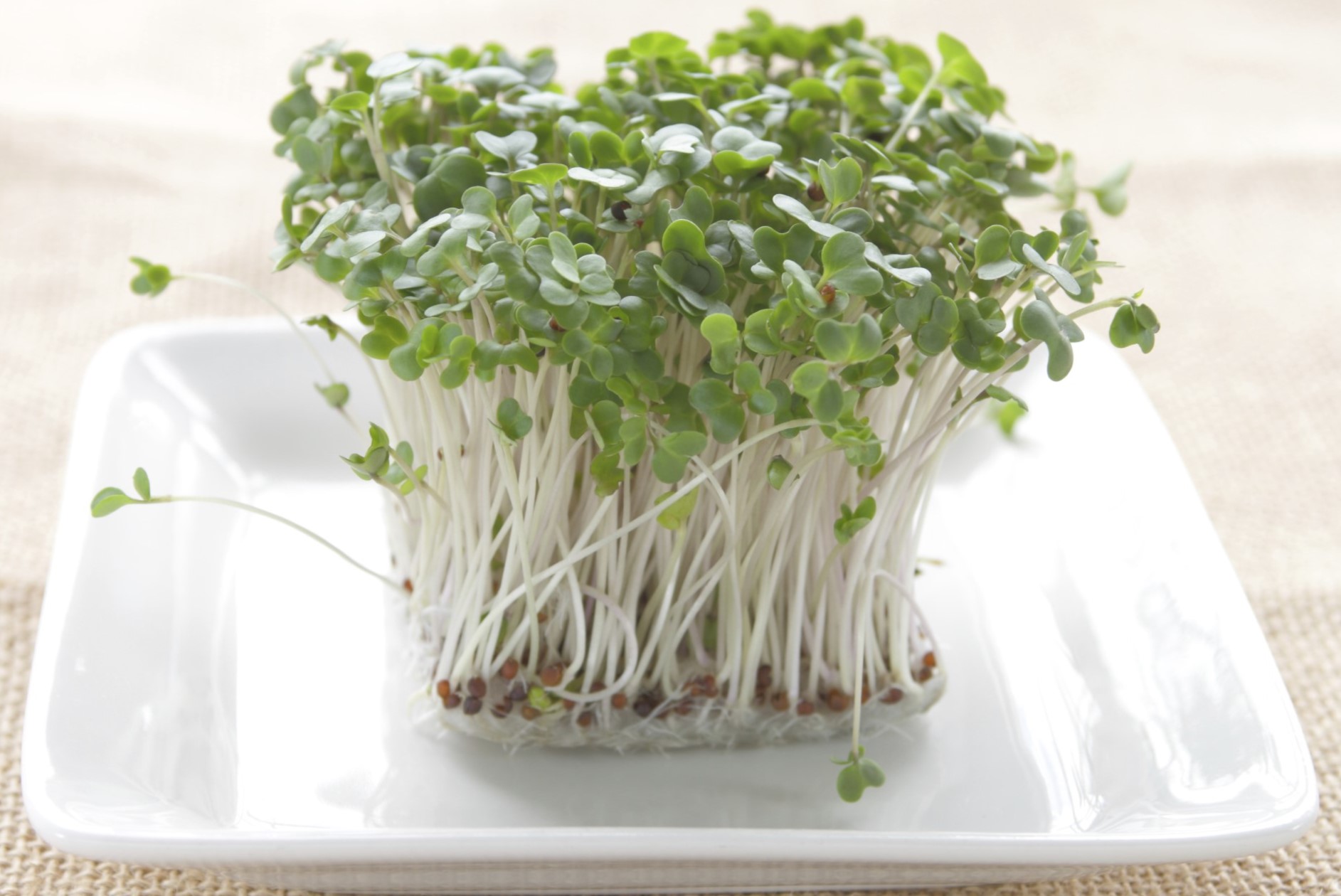
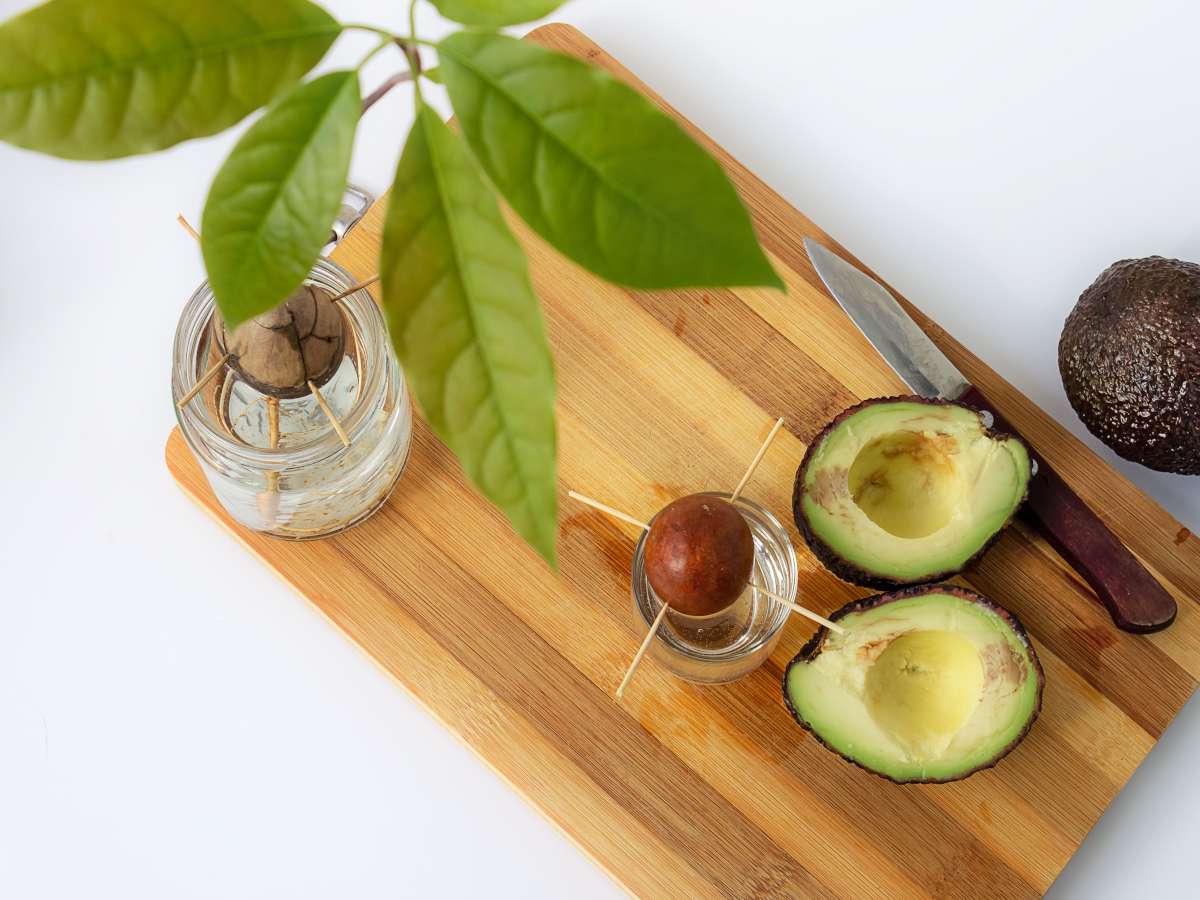
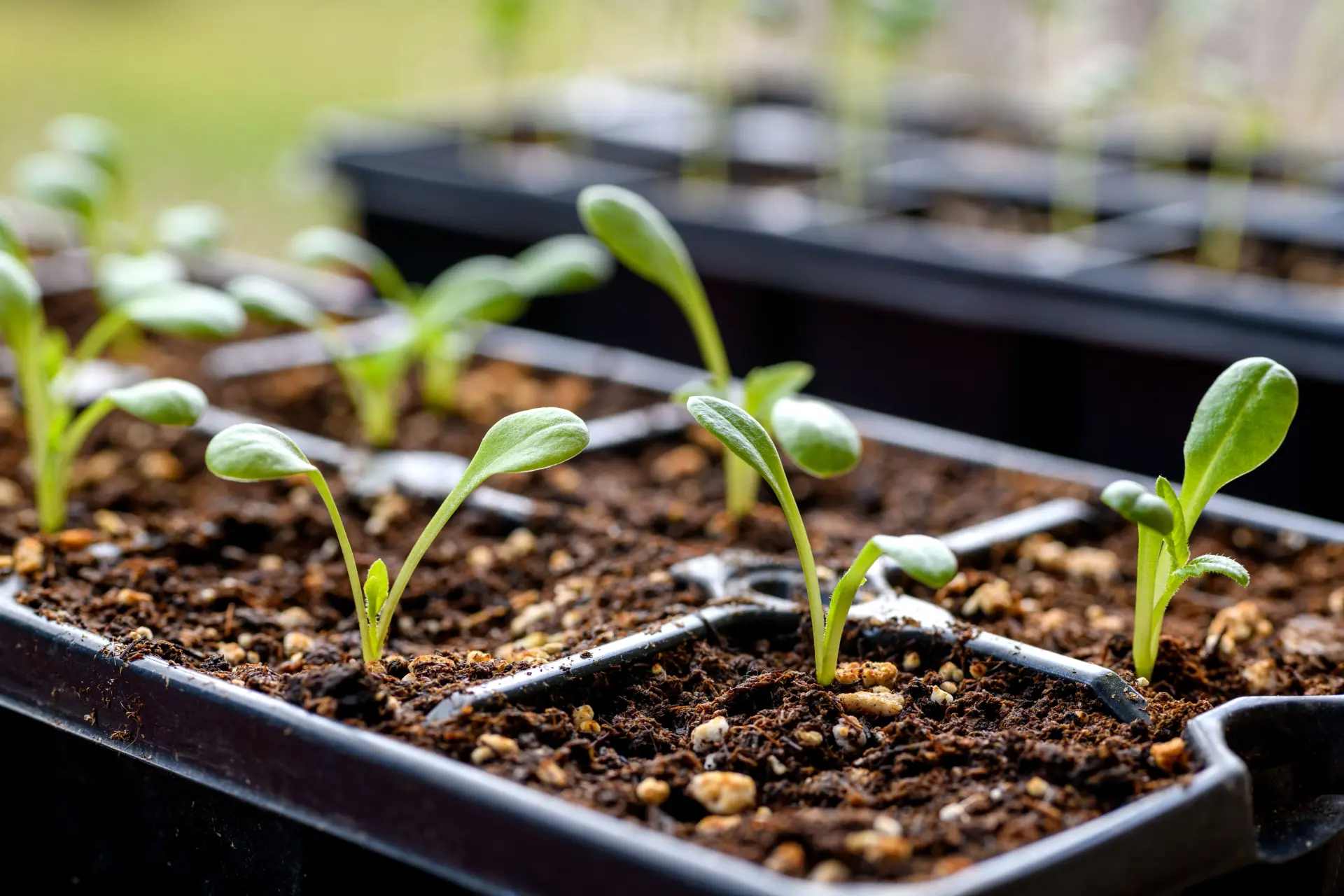
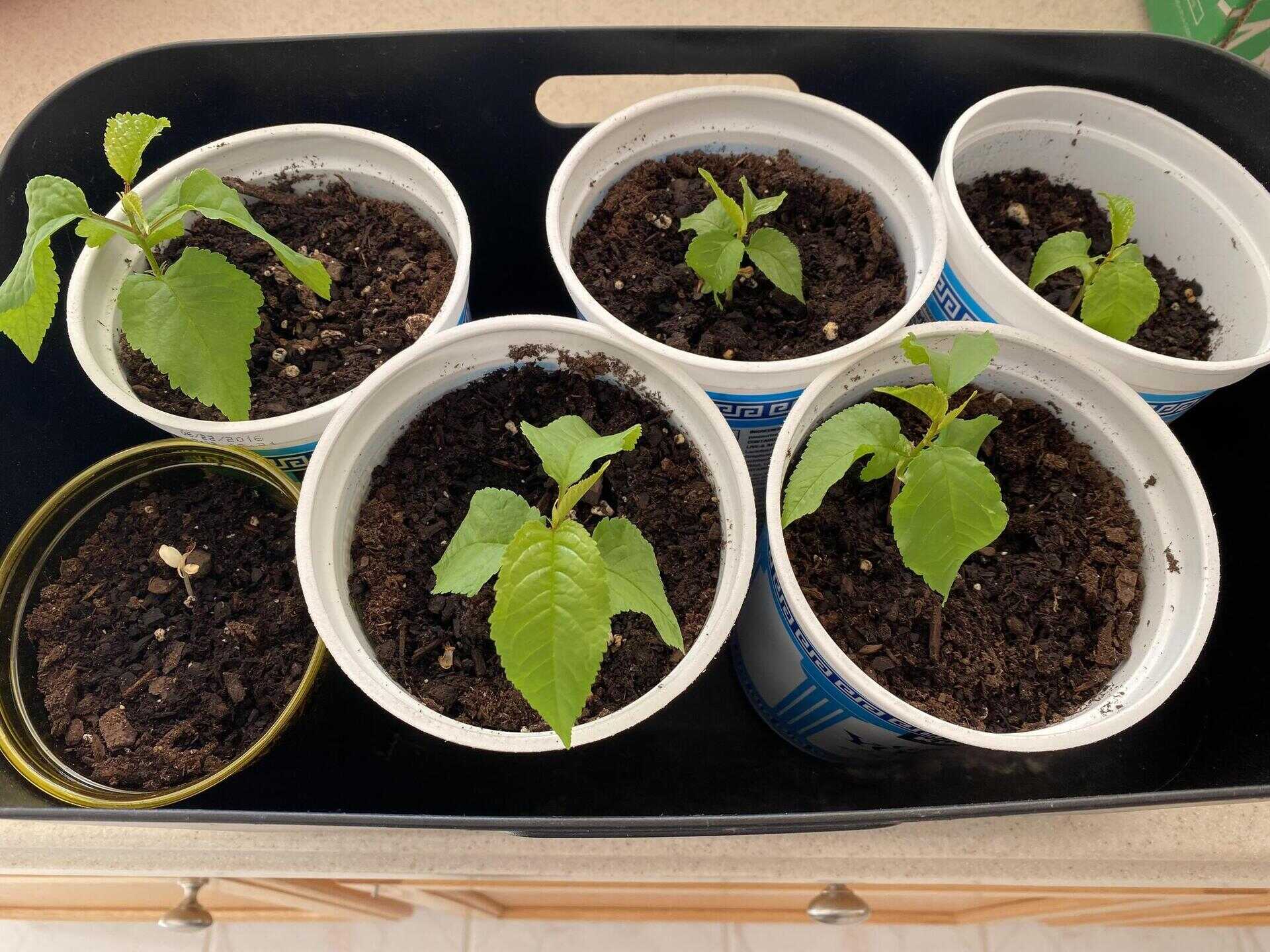
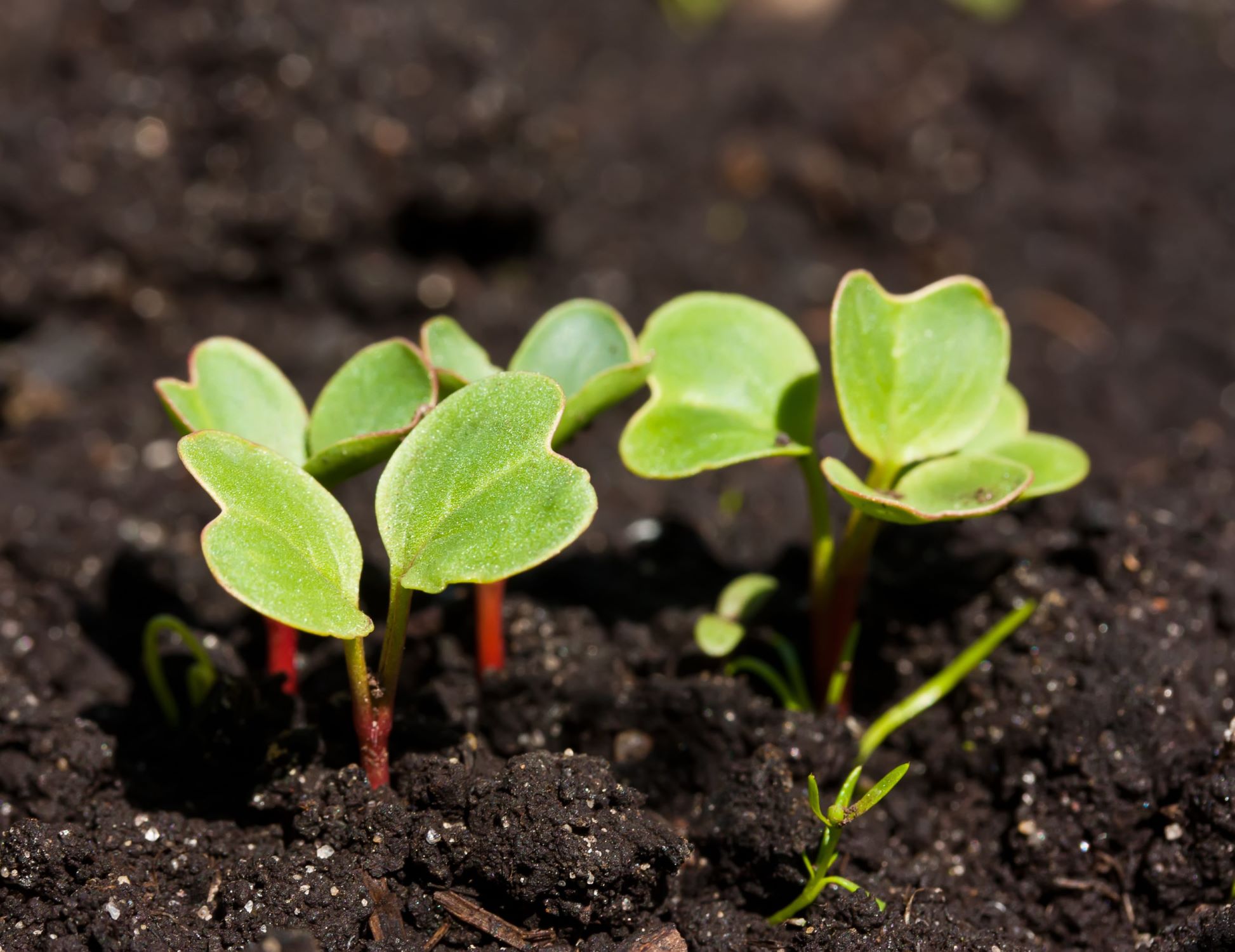
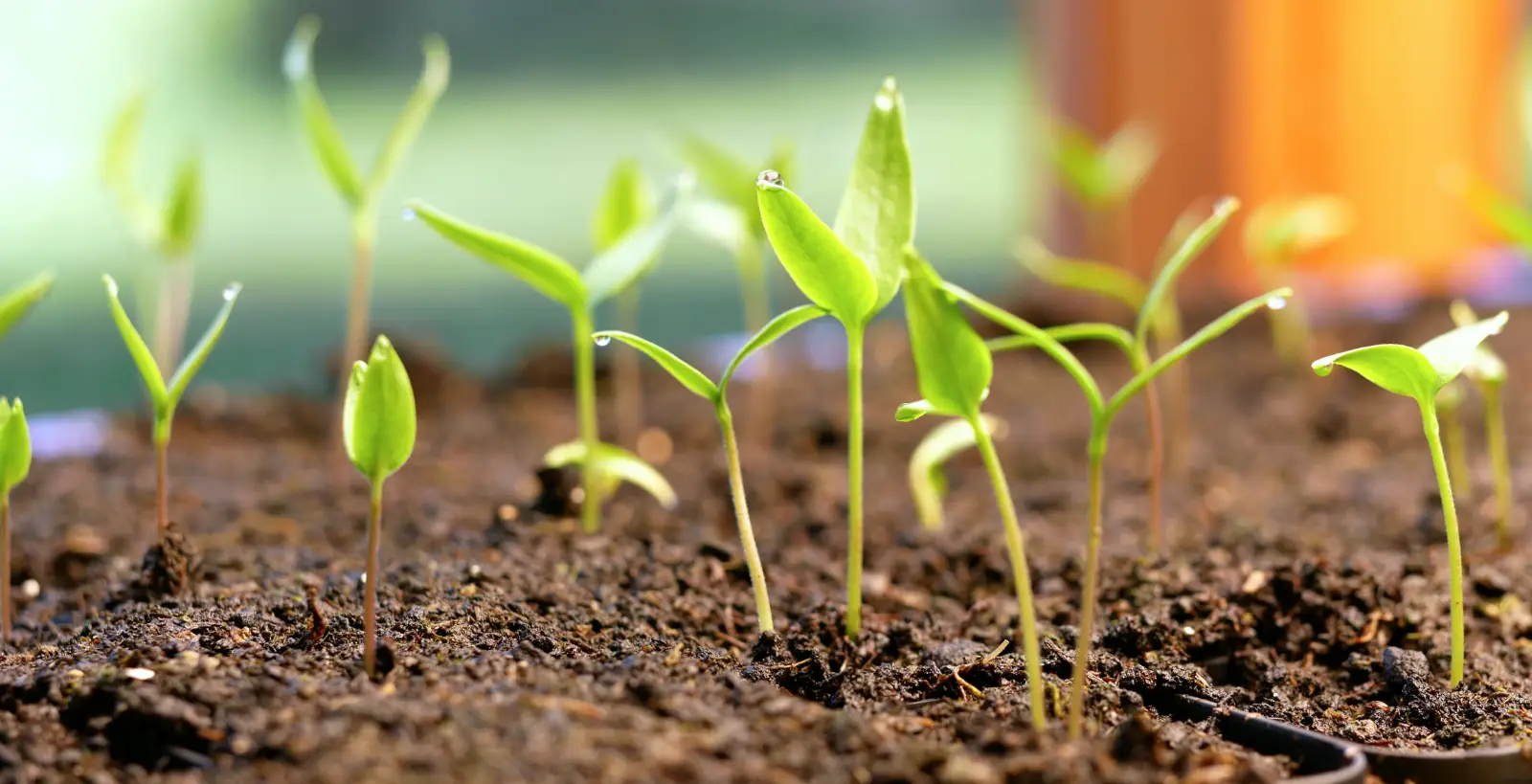
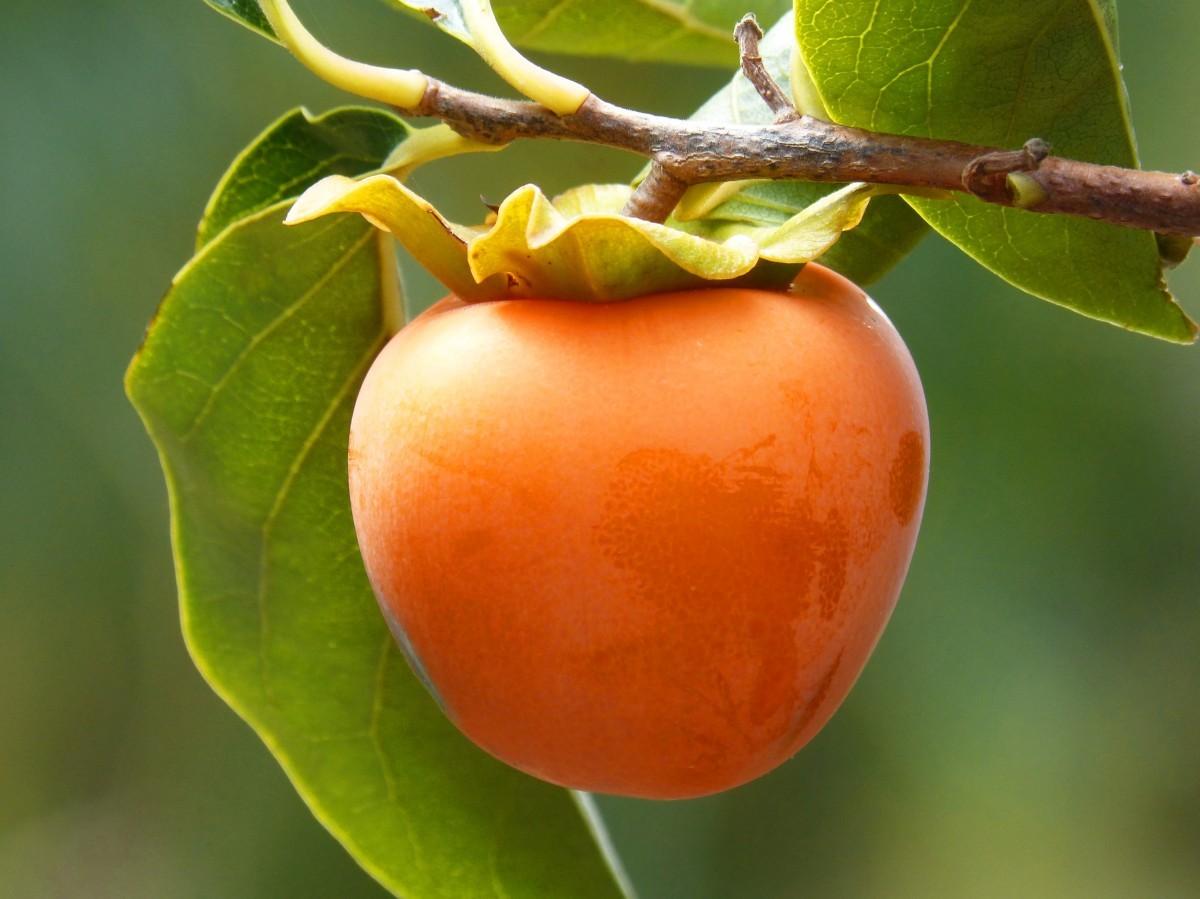
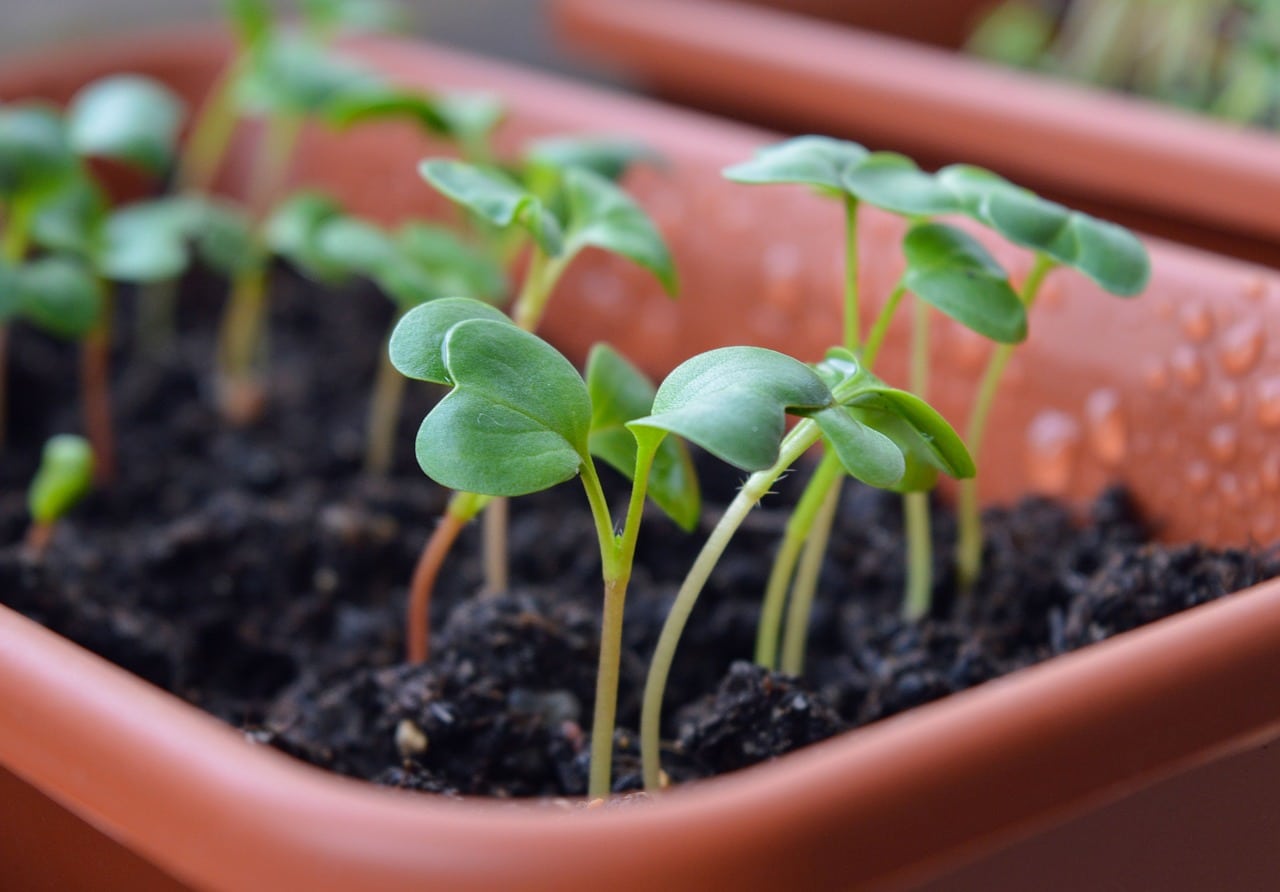
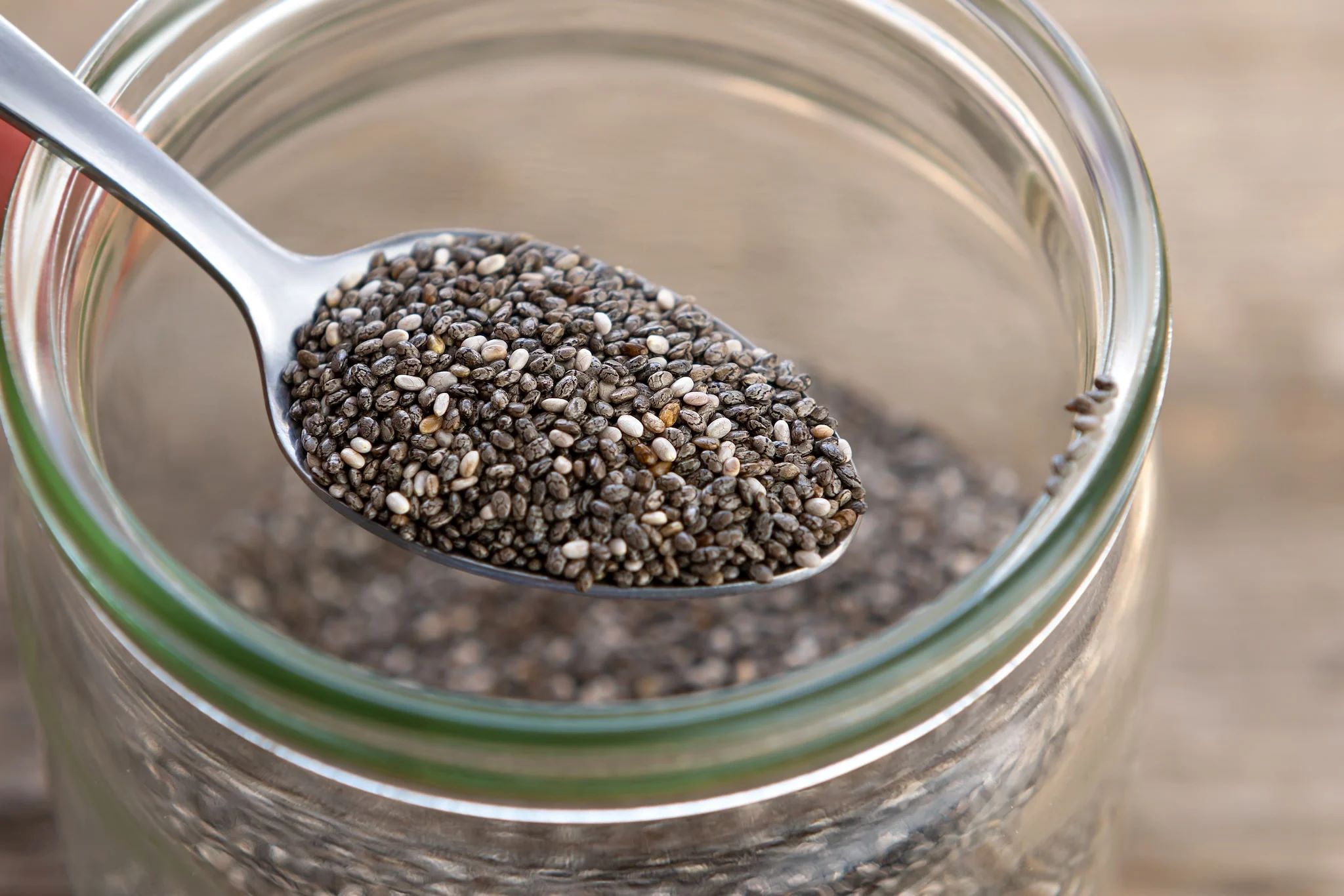
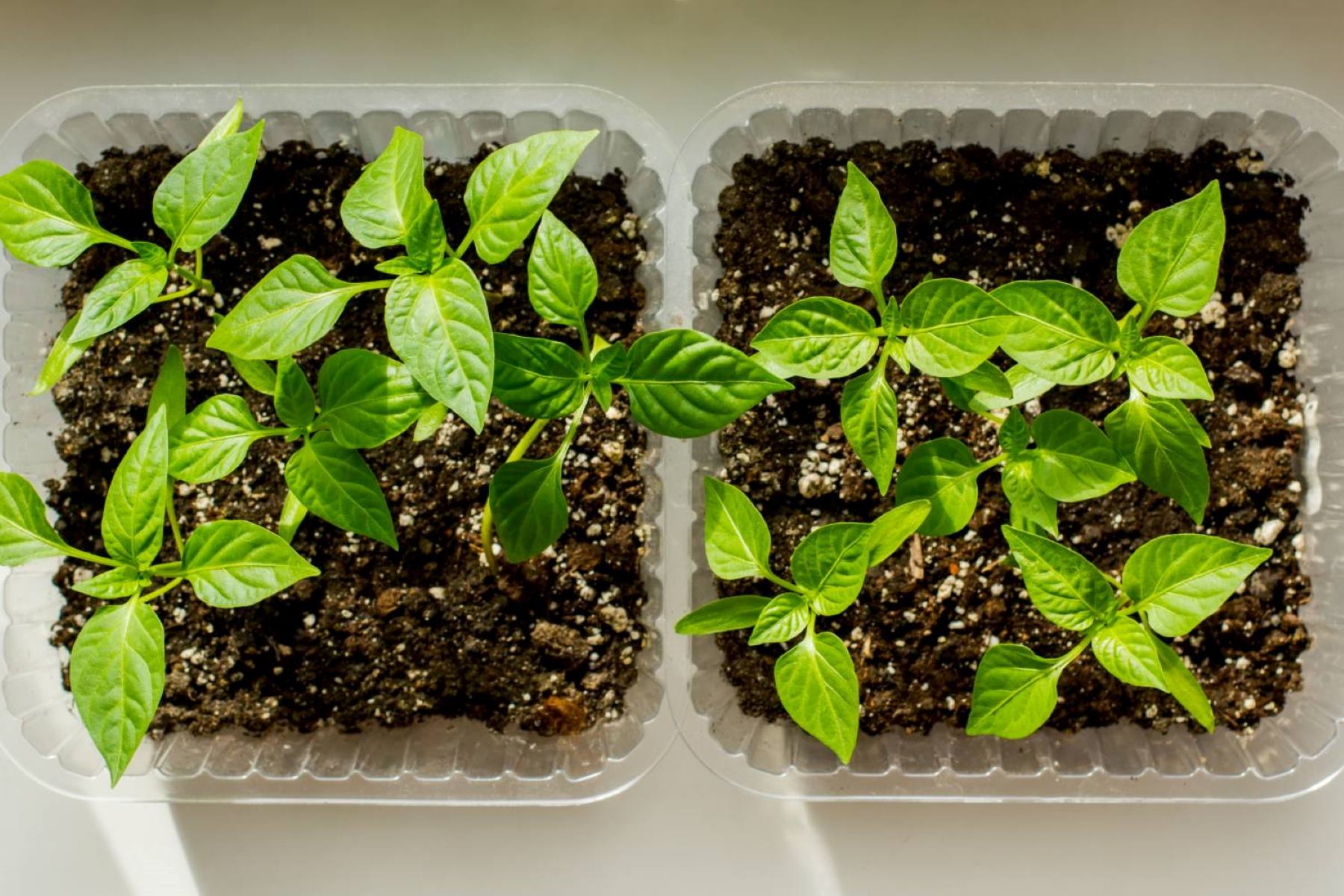
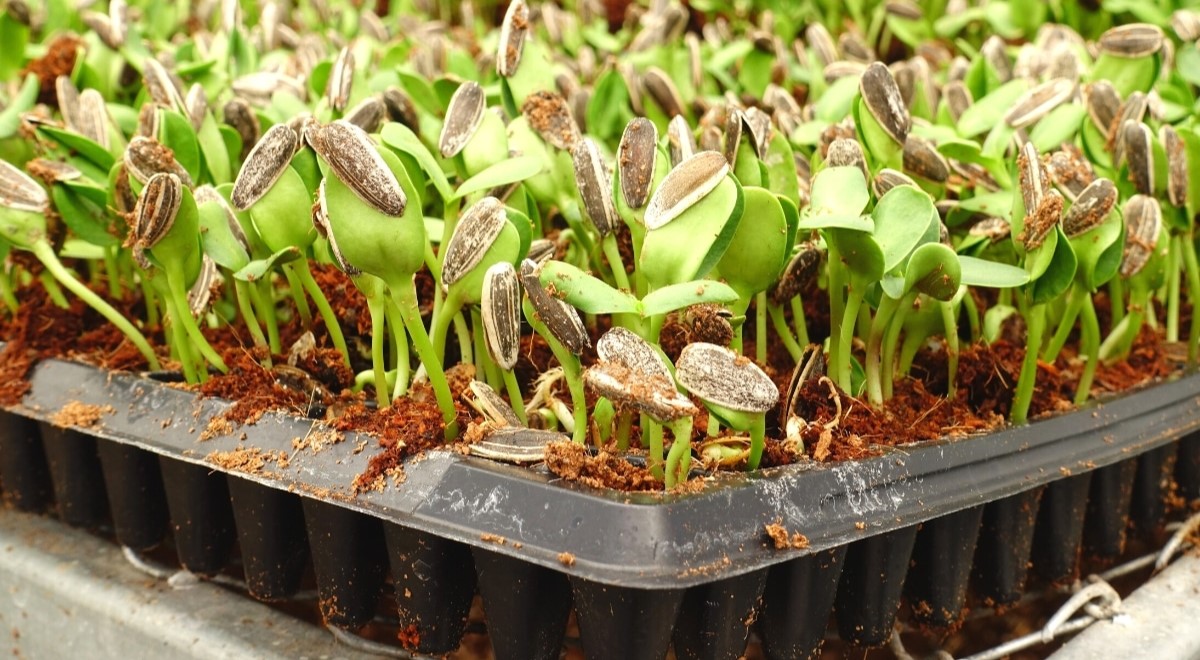
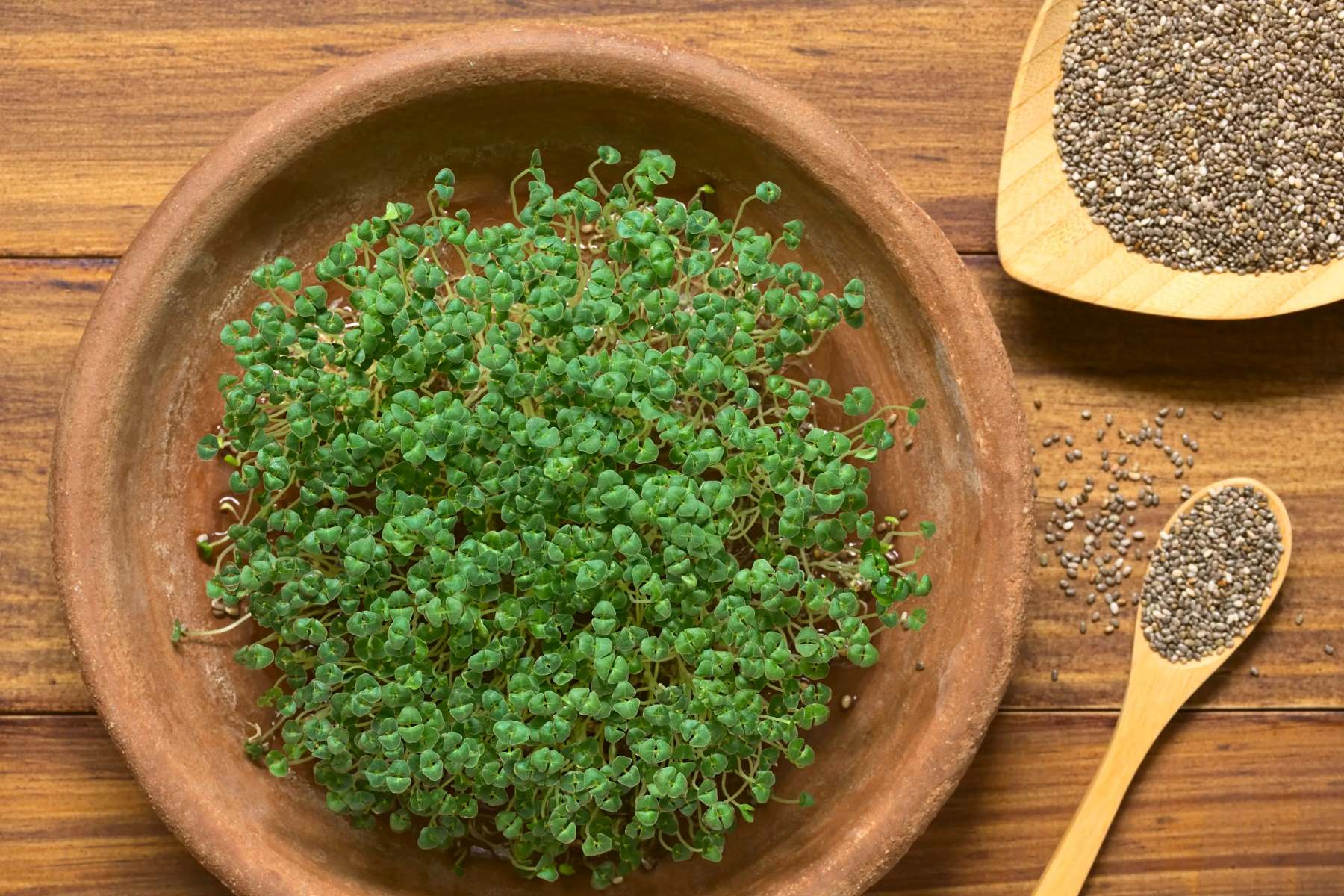

0 thoughts on “How Long Does It Take Chia Seeds To Sprout”